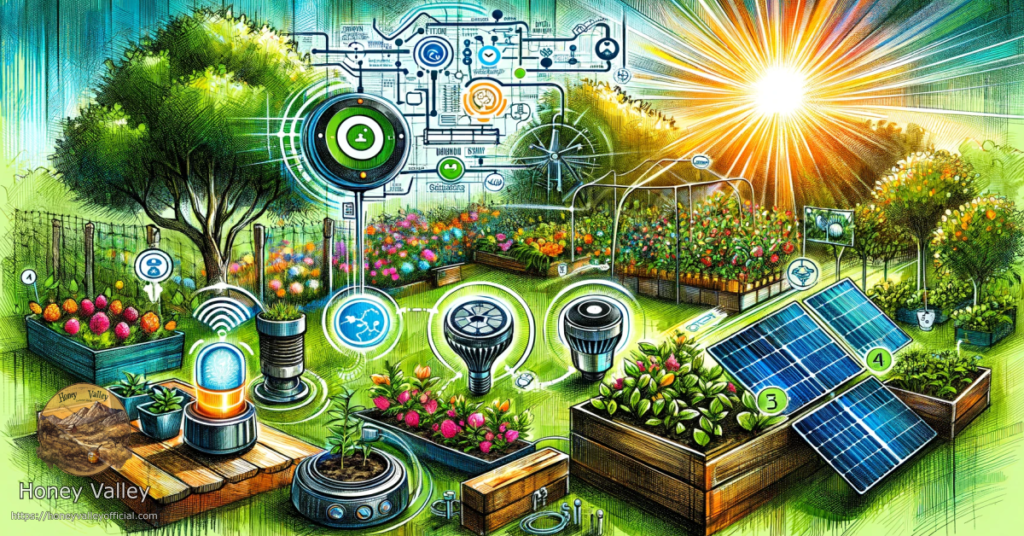When it comes to planting seeds, one of the most important factors to consider is the depth at which they should be planted in the soil. The depth at which seeds are planted can greatly affect their germination and overall growth. In this article, we will explore the optimal planting depth for seeds and provide some general guidelines for different types of seeds.
Why is planting depth important?
Planting depth plays a crucial role in the successful germination of seeds. If seeds are planted too shallow, they may not receive enough moisture or nutrients from the soil, which can hinder their growth. On the other hand, if seeds are planted too deep, they may struggle to emerge from the soil, resulting in weak or stunted seedlings.
By understanding the ideal planting depth for different types of seeds, you can ensure that they have the best chance of germinating and growing into healthy plants.
General guidelines for planting depth
The optimal planting depth for seeds can vary depending on the type of seed you are planting. Here are some general guidelines to help you determine the appropriate planting depth:
Small seeds:
Small seeds, such as those of lettuce, carrots, or radishes, should be planted relatively shallow. A good rule of thumb is to plant these seeds at a depth of approximately 1/4 to 1/2 inch (0.6 to 1.3 cm) below the soil surface. These seeds are small and require less energy to emerge, so planting them too deep can hinder their germination.
Medium-sized seeds:
Medium-sized seeds, like those of beans, peas, or corn, typically require a slightly deeper planting depth. Aim to plant these seeds at a depth of about 1 to 2 inches (2.5 to 5 cm) below the soil surface. This depth provides enough moisture and stability for the seeds to germinate and establish strong root systems.
Large seeds:
Large seeds, such as those of pumpkins, squash, or sunflowers, generally need to be planted at a deeper depth. These seeds should be planted at a depth of approximately 2 to 3 inches (5 to 7.6 cm) below the soil surface. Planting large seeds too shallowly can leave them vulnerable to drying out or being eaten by pests.
Factors to consider
While the general guidelines mentioned above can serve as a starting point, it’s important to consider other factors that may influence the planting depth of seeds:
Soil type:
The type of soil you have can affect how deep seeds should be planted. In heavy clay soils, it may be beneficial to plant seeds slightly shallower, as these soils tend to retain more moisture. In sandy soils, on the other hand, planting seeds slightly deeper can help ensure they have enough moisture.
Moisture levels:
Seeds require adequate moisture to germinate, so it’s important to consider the moisture levels in your soil. If your soil tends to dry out quickly, planting seeds slightly deeper can help them access moisture deeper in the soil. Conversely, if your soil retains a lot of moisture, planting seeds slightly shallower can prevent them from becoming waterlogged.
Seed size and shape:
While the guidelines mentioned earlier are generally applicable, it’s worth noting that seed size and shape can also influence planting depth. For example, seeds with irregular shapes may need to be planted slightly deeper to ensure good soil contact and sufficient moisture absorption.
Conclusion
Planting depth is a crucial factor to consider when sowing seeds. By understanding the optimal planting depth for different types of seeds and considering factors such as soil type, moisture levels, and seed size and shape, you can give your seeds the best chance of germinating and growing into healthy plants.
Remember to always refer to specific planting instructions provided by seed suppliers or consult gardening resources for any specific requirements for the seeds you are planting. Happy gardening!


